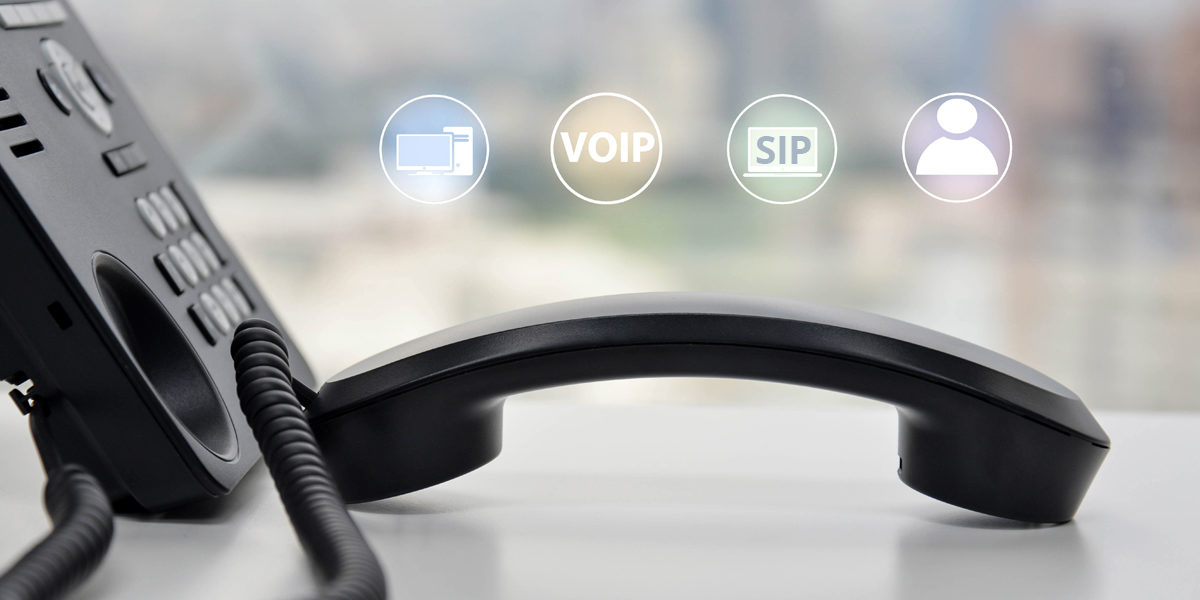The call center business always wondering what is the difference between SIP and VoIP? Right, when it’s a perfect chance to replace your customary regular phone service there are different Internet Protocol (IP) based game plans that are open to an independent organization. The test is to choose the system to suit your necessities with the objective that you can totally get the advantages of cost capability and extended proficiency.
A major difference between SIP and VoIP is their scope. VoIP is certifiably not a discrete innovation in its own right. Or maybe, it is really a group of advances utilized inside current media transmission systems, while SIP is a flagging convention utilized inside the VoIP umbrella.
There are two terms that you may go over when searching for another system– SIP (Session Initiation Protocol) and VoIP (Voice over Internet Protocol). When exploring these advances it may seem like these are either/or decisions. So we will clear it up with this article: VoIP alludes to a gathering of tradition advancements (both restrictive and open) that engage brings to be made over the web, while SIP is one of the various conventions that enable VoIP.
SIP Definition
SIP stands for “Session Initiation Protocol” and depicts a communication protocol that can send visual and sound and voice messages to numerous gatherings. A great part of the handling load is gone up against by individual frameworks called “client operators,” programming that is situated on an individual client’s framework. This can help diminish the weight put on a centralization service.
Since different frameworks are accountable for overseeing SIP messages, clients access considerably more transfer speed and register assets. This can drastically enhance the execution of a shared session between gatherings associating with a SIP framework. Taste is a shared framework that can deal with bigger measures of information activity. This is the reason organizations swing to SIP in the event that they have to transmit video or photograph media.
VoIP Definition
VoIP stands for “Voice over IP,” which means voice correspondences over online systems. This convention is most prevalently sent with applications like Skype, Google Talk, and other Wi-Fi cell phone applications that advance voice correspondences. For organizations, VoIP can be a moderate option in contrast to conventional landlines and cell designs. Be that as it may, VoIP has handle activity uniquely in contrast to SIP frameworks.
VoIP channels sort out and coordinate movement from a focal system. This implies a VoIP framework could be possibly over-burdened with high measures of activity, which can influence in general execution of the framework. The single system framework flaunts solid security safeguards since there are fewer focuses that handle correspondences. Anyway, a VoIP system can wind up overflowed with activity, prompting slack occasions in communication.
What Is The Major Differences Between SIP and VoIP
SIP will, in general, be favored by organizations with numerous branches or telecommuters, whose representatives depend on mixed media communications. This convention is worked to all the more likely handle overwhelming information stream since preparing is divided instead of concentrated. SIP service will, in general, be harder to set up and keep up, so it suggested for organizations with advanced IT information.
VoIP is an exceptionally basic business correspondences convention, and it isn’t hard to discover phone frameworks bundles that offer VoIP interchanges administrations. This convention can be perfect for independent companies with less area that depend fundamentally on voice cooperation.
Perfect Solutions
SIP and VoIP communication system can be connected with toll-free telephone numbers so your call center can all the more likely handle inbound communications. Individuals and independent company applications on cell phones are additionally VoIP and SIP cordial. As you push ahead with binding together correspondence frameworks, you should work with your IT office to ensure your present equipment and programming arrangements are good with a SIP or VoIP setup. You likewise need to guarantee that good outsider applications don’t open your interchanges up to hazard. While VoIP and SIP have many coordinated security highlights, you can even now coincidentally present vulnerabilities, particularly in a situation where representatives bring their very own gadgets.
Conclusion
In this article, we discussed the basic differences between SIP and VoIP. Both SIP and VoIP have their own benefits and shortcomings in various situations – you must get a handle for the protocols that work best for your customers, employees, budget, and workflow.
